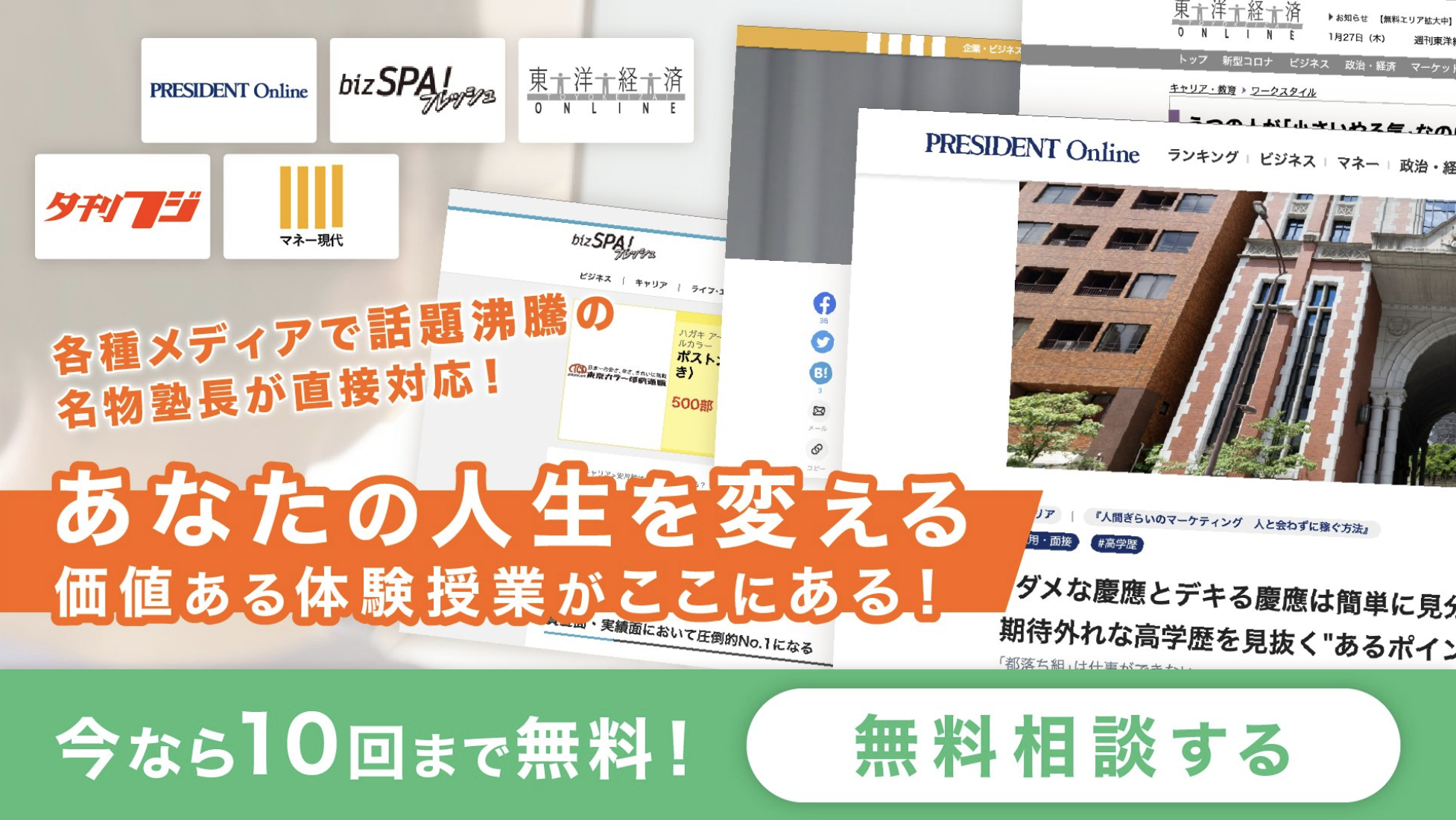[41] What is meant by the phrase “pecking order” in the 2nd paragraph?
- Social ranking based on physical characteristics.
- Aggressive eating habits in animals.
- Status in a community as determined by assertiveness.
- The order in which mice escape from tubes.
・正答: 3
・正答の理由: 「pecking order」は、第2段落で「male mice establish a pecking order amongst themselves by displaying aggressive behavior」と記述されており、マウス間での社会的地位が攻撃性によって決定されることを意味しています。これは「Status in a community as determined by assertiveness」に該当します。
・不正解の理由:
1: 物理的特徴に基づく社会的ランキングではありません。
2: 動物の攻撃的な食習慣に関するものではありません。
4: チューブからの脱出順序についてではありません。
[42] According to the 3rd paragraph, the results of the “tube test” revealed that
- stronger mice were more likely to be aggressive than weaker mice.
- dominant mice pushed other mice longer and more often.
- overall brain activity was weak in mice that lost the test.
- the dorsomedial prefrontal cortex was composed of a cluster of neurons.
・正答: 2
・正答の理由: 第3段落に「“winner mice initiated significantly more pushes, and with a longer duration per push, than loser mice.”」と記述されています。これは、支配的なマウスが他のマウスをより頻繁に、そしてより長く押し出したことを示しています。
・不正解の理由:
1: 強いマウスが弱いマウスよりも攻撃的であるとは述べられていません。
3: 負けたマウスの全体的な脳活動が弱かったとは記述されていません。
4: 背側前頭前野がニューロンのクラスターで構成されていることについては、この文脈では直接触れられていません。
[43] Which of the following was NOT a result of repeated brain stimulation in low-ranking mice?
- Decreased proteins.
- Increased aggression.
- Permanent neurological changes.
- Victory over “winner” mice.
・正答: 1
・正答の理由: 本文には、低ランクのマウスの脳を繰り返し刺激することによる「Decreased proteins」(タンパク質の減少)について言及されていません。「“We observed that not all the mice returned to their original rank,” Zhejiang University neuroscientist Hu Hailan reported」との記述がありますが、これはタンパク質の減少に関するものではありません。
・不正解の理由:
2: 繰り返しの脳刺激によって攻撃性が増したことが示されています。
3: 永続的な神経学的変化が起こったことが示されています。
4: 「winner」マウスに勝利したことが結果として挙げられています。
[44] In the 7th paragraph, the term “neuroplasticity” is explained as
- the brain’s ability to adapt to new information.
- the short-term effect of aggressive behavior on the brain.
- the use of optogenetics to resist social anxiety.
- learning new skills through repeated failure.
・正答: 1
・正答の理由: 第7段落で「neuroplasticity」は、「neuroplasticity」とは、脳が新しい情報に適応する能力として説明されています。「Put in more scientific terms, the winner effect is the result of “neuroplasticity,” or the way neural connections in our brains are constantly changing」との記述から、「the brain’s ability to adapt to new information」と解釈できます。
・不正解の理由:
2: 攻撃的行動の短期的効果については述べられていません。
3: 社会不安を抑えるためのオプトジェネティクスの使用については言及されていません。
4: 繰り返しの失敗を通じて新しいスキルを学ぶことについては、この文脈では直接触れられていません。
[45] According to the article, which of the following is a limitation of this study?
- Shy persons aren’t able to overcome social anxiety.
- Stimulating aggression in people may lead to super soldier armies.
- Research on mice might have different effects when conducted on humans.
- Brain stimulation can have irreversible effects on mice and other animals.
・正答: 3
・正答の理由: 第8段落では、「Mouse brains are similar to human brains in some ways, but our brains are far more complicated. That makes it unlikely that a shy person could be transformed into the Incredible Hulk with just one squirt of photons from a brain implant」と述べられており、マウスに関する研究が人間に対して異なる効果を持つ可能性があることを示唆しています。
・不正解の理由:
1: 社会不安を克服できないとは述べられていません。
2: 人々を攻撃的にすることが超兵士軍団を作り出す可能性があるとは言及されていますが、これは研究の制限ではなく、潜在的な未来の応用に関するものです。
4: 脳刺激がマウスや他の動物に不可逆的な効果を持つ可能性があるとは述べられていません。






コメントを残す